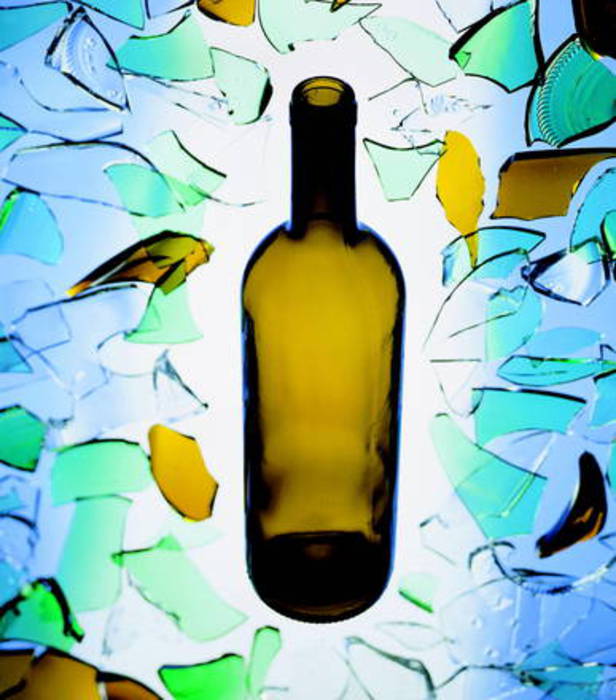Although Italy has already reached the recycling rate target set by Europe for 2030 10 years early, 9.1% of Italians admit that they are not sufficiently skilled in recycling glass and among young people the percentage of those who do not give sufficient vote rises to 18%.
It emerges from a study commissioned by CoReVe, the glass recovery consortium, and conducted by AstraRicerche on a sample of approximately 1500 people.
Among the most common mistakes that Italians make is the inclusion of glass in the collection (71%), window glass (42.9%), crystal (22.9%).
Two out of 10 Italians also give lenses for glasses together with glass and 14% give light bulbs.
Porcelain objects such as cups and cups and borosilicate baking dishes end up in the glass collection in 8% of cases.
At a territorial level, it is the inhabitants of the Southern regions who give themselves the lowest rating, judging their ability to recycle glass insufficient in 12% of cases.
Among these, Campania stands out with 13%.
In the north-eastern regions, glasses end up most often in the glass collection (70%), while light bulbs and crystal objects end up in bells more frequently in the southern regions.
Borosilicate glass and porcelain most frequently mislead the inhabitants of the northwestern regions.
The generational map, on the other hand, sees young people making mistakes more often when giving crystal and lenses for glasses (mentioned in 32% of cases) and ceramic objects (14%) while borosilicate which misleads 11% of 55-70 year olds, in the collection of young people it is present in only 6% of cases.
Noting that glass is infinitely recyclable, Coreve president Gianni Scotti explains that "only by increasing the quality of collection can we contribute to reducing the burden of waste on the environment, improve the efficiency of the circular economy of glass and increase the revenues of our Common".
Reproduction reserved © Copyright ANSA

